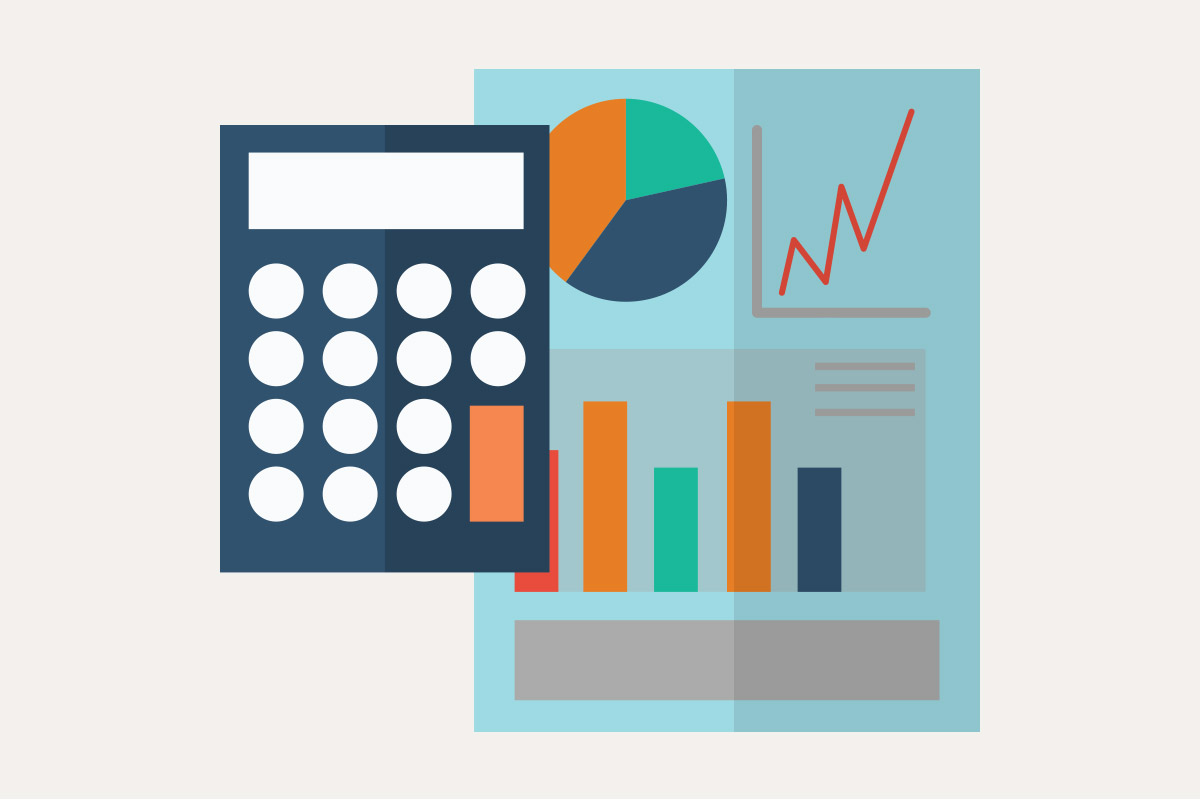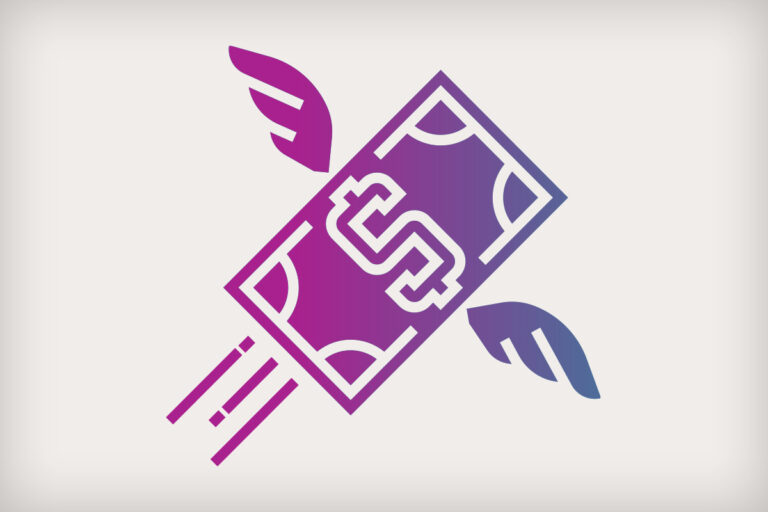Financial Literacy

None of us became business owners so we could keep books and read financial statements. Nevertheless, both are critical to running a successful business. We can’t even approach our full potential without them.
If we don’t manage data, everything that happens to us — good or bad — is an accident. We might survive by accident, but we cannot thrive, which means we cannot thrive without numbers.
Here, then, is how to understand and utilize the data we have at hand to successfully run our businesses — all without having to become an accountant.
Three reports answer five questions
Financial numbers are reported in three standard reports; the income statement, the balance sheet and the statement of cash flows. There are three reports because that’s how many it takes to answer the five critical questions of business:
- Are we making money?
- What do we own?
- What do we owe?
- What’s left over for us (our net worth)?
- Where did our cash go?
Answers to those five questions tell us — almost — everything we need to know about how our businesses have performed, and more importantly, they give us significant insights into managing our businesses for the future.
The income statement: Are we making any money?
I list the income statement first because, above all else, we must know if we are making money. Despite that, most contractors I’ve met do not know if they are or aren’t making money. A contractor might survive temporarily on money supplied by the owners, banks, credit cards or customer deposits, but survival ultimately depends on making money. The income statement gives us that answer.
The income statement is a period statement, which means it tells us whether we made money over a period of time, usually a month, a quarter or a year. The income statement compares sales during a period to expenses for that same period. If income exceeds expenses, a business made a profit. If expense exceeds income, it took a loss.
The balance sheet: What do we own, owe and what is our net worth?
Unlike the income statement, which shows what happened over a period of time, the balance sheet is a snapshot report that shows the overall condition of a business at a particular date.
The report is a list of what a business owns and what it owes. The underlying idea is that everything a business owns, its assets, are owed to someone. If the obligation is to a non-owner, such as a bank or a supplier, it is called a liability. If the obligation is to an owner, it is called equity. Because everything is owed to someone, total assets must always equal the combined total of liabilities and equity.
When liabilities are subtracted from assets, the remainder is the owner’s equity, or net worth. Net worth comes after liabilities, both on the balance sheet and in priority (owners only get paid after everyone else has been paid). Net worth is the ultimate score that tells us the cumulative effect of everything that’s happened in the business since it began.
Even businesses that use financials are usually more interested in their income statements than their balance sheets. However, the balance sheet provides important information about the health of your company and about your ability to grow.
The statement of cash flows: Where did our cash go?
Every service company has experienced it: It’s tax time, and your CPA tells you that your business made money. That’s nice, but you don’t have any money. Why not?
There are four possible reasons:
- You haven’t been paid yet (accounts receivable).
- You spent the money buying assets, such as inventory and equipment.
- You spent the money paying off debt.
- You, the owner, took it as draws.
The statement of cash flows tells you precisely how much cash was used and for which of those reasons. It is worth understanding because most businesses can survive surprisingly long periods without sales or profits, but none can make it past Friday’s payroll without cash.
Like the income statement, the statement of cash flows is a period statement. It uses information from the other two reports to tell us where our cash came from and where it went over a specific period of time.
The report begins with an opening cash balance that shows which activities added cash and which consumed it and ends with the current cash balance. It is confusing at first, but I will show you a shortcut in a later article that makes the statement of cash flows easy to use. The chief benefit of the report is that once you know what’s happening to your cash, you can do something about it.
Financial statements make management possible
Most of us use financial statements to provide information about the past, usually to pay our taxes or to satisfy lenders. However, innovative business owners long ago figured out that financial statements can do much more than simply report past performance. Their best use is to inform our decisions about the future.






